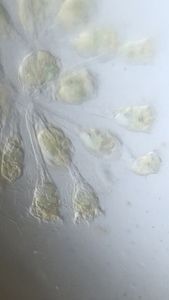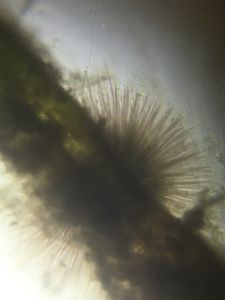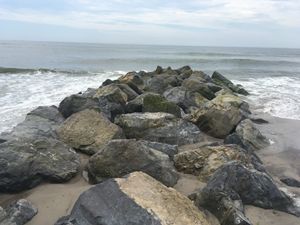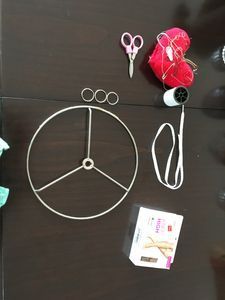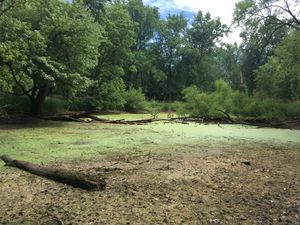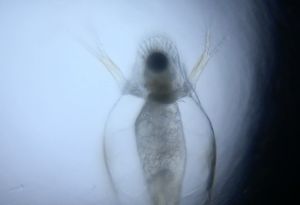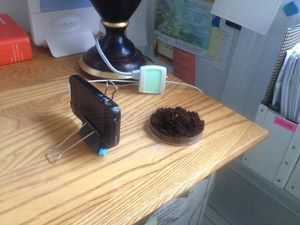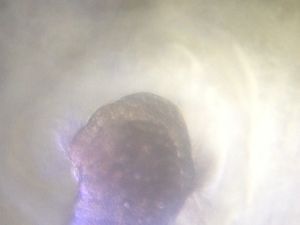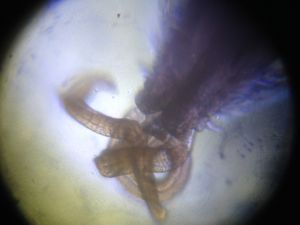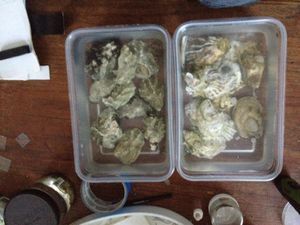Human Cultivated Nature
 Aug 11, 2016 • 8:53 PM UTC
Aug 11, 2016 • 8:53 PM UTC Unknown Location
Unknown Location 140x Magnification
140x Magnification Microorganisms
Microorganisms
Matthew Rossi
I'm a novelist, essayist, and a writing consultant. I work in the writing centers at Columbia and Baruch University and explore research into the overlap of maker cultures and writing. My work with the Foldscope tends to focus on finding wild creatures in urban spaces and looking at how human works are shaped by the movements of the biosphere.
40posts
105comments
4locations
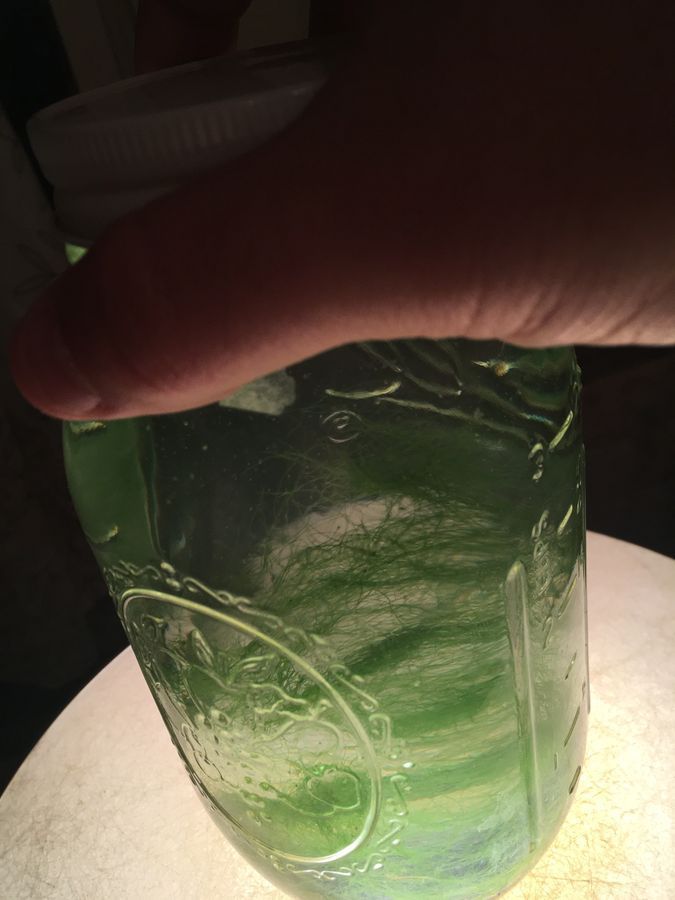
As I may have mentioned in other posts, I recently moved away from my urban life in Brooklyn to a more quiet (if no less human built) existence in Lansing, Michigan. Hence, my lack of posts in the last couple of months. Yesterday, though, enough was enough. While walking on MSU’s campus, (and while, coincidentally listening to a great podcast about another human made wild ecosystem, the Salton Sea) I found one of my favorite kinds of hunting grounds: a botanical garden. What presents as a totally cultivated space is also a place where insects, frogs, and other creatures love to live.

This ruby meadowlark cares not a lick about this didactic text. The sight of a small pond, enclosed in flagstones and tile made me go hunting for a bottle (carelessly tossed into the bushes) and bend down on one knee for a sample. I reached right in and tugged away some dense algae with a texture like hair to drop in my bottle. On my way back to my bike, I noticed a fountain and leaned in to see swarms of tiny dots swimming around in it. Into the bottle they went.

When we dive, as Manu says, into the microcosmos of this tiny jar, we encounter an aquatic grassland as active and strange as anything we might imagine. A cluster of what appears to be eggs clinging to a stalk of algae, is revealed under the microscope to be a colony of rotifers.
Unless I miss my guess entirely, they’re Conochilus unicornus. The branching roots of their colony keeps them centered along a fascinatingly mauve axis as they open and jerk closed, sucking in prey. What evolutionary advantage is there, I wonder, for the rotifers to colonize like this. Is there safety in numbers, or does it provide them a reproductive advantage? As I ponder this, and the predatory nature of my favorite sessile creatures, I find drifting among the weeds, another favorite of mine, the hydra.
I’ve mentioned the hydra before–a favorite of mine ever since Ranger Rick magazine ran an article when I was eight. But I had never pondered the sheer, cold violence of what they do. Here we see another group of hydra budding off of a parent. Most notably in the shot though, is the unmistakable form of a cladoceran (the aforementioned swarming dots) trapped in the gut of the largest hydra. This solves for me the question of what a hydra eats. Meanwhile, another cladoceran struggles its way out of the tentacled grasp of the smaller hydras.
The cladocera themselves seem to live out an interesting, if nervous existence.
The cladocera themselves seem to live out an interesting, if nervous existence.
In this bottle of water, they swim and swarm, eating their own prey and hoping, one assumes, not to become prey themselves. At least for long enough to reproduce and pass their genes on to one of the dozen or more eggs they carry with. A differential in size between the various cladocera makes me wonder whether the fountain at the MSU library is full of many different species, or whether the size differences I observe are an example of sexual dimorphism, differences between the males and the females of the species. Notice how the larger individuals all seem to carry eggs, and how they seem to be visited regularly by the smaller ones. Am I watching attempts at mating?
I officially take back any thoughts I had about freshwater being less interesting than the ocean. If all this lives in even the tiniest of ponds, I can only begin to imagine what else there is to find. This is just the beginning of posts about the creatures in my tank, and the beginning of the creatures. There are many others living in this underwater grassland. Including, I have noticed, a lion or two.
But that is a post for a later time.
I officially take back any thoughts I had about freshwater being less interesting than the ocean. If all this lives in even the tiniest of ponds, I can only begin to imagine what else there is to find. This is just the beginning of posts about the creatures in my tank, and the beginning of the creatures. There are many others living in this underwater grassland. Including, I have noticed, a lion or two.
But that is a post for a later time.
Sign in to commentNobody has commented yet... Share your thoughts with the author and start the discussion!
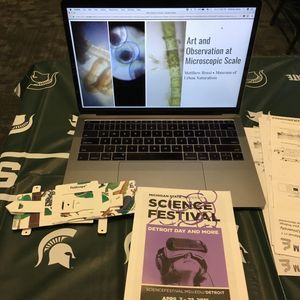
 0 Applause
0 Applause 0 Comments
0 Comments




